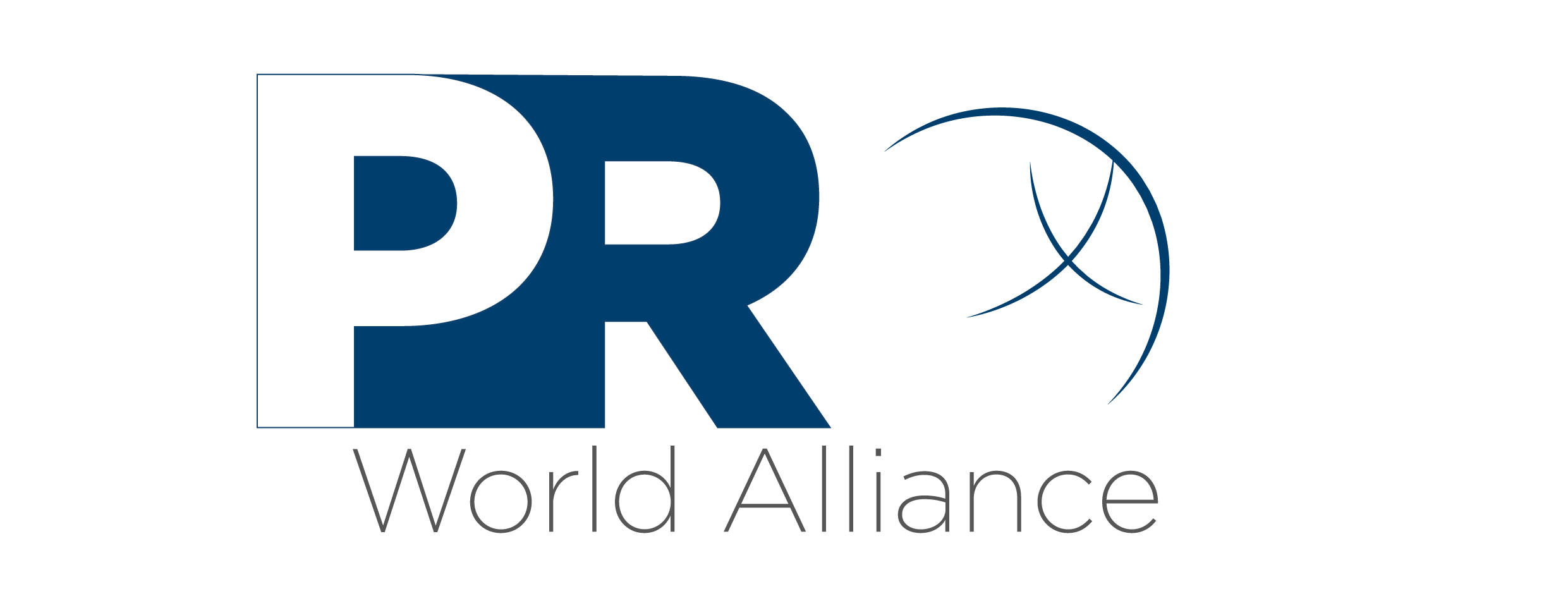by Christian Josephi, Panama PR
Let me invite you to beautiful Château de la Marquetterie near Épernay for a private press dinner hosted by Champagne Taittinger’s President Pierre Emmanuel Taittinger. We feel honoured, we enjoy the wines, we absorb history and we are attentively following the inspiring conversation. We do not question for a single moment that we are indulging in luxury. Then one of the journalists dining with us dares to ask this question: „Mr. Taittinger, in your opinion, is Champagne one of the great wines of France or simply a luxury product?“
Holding our breaths for a second, because the „simply“ makes this question a provocation, we await the answer. „Of course it is both,“ replies our host, „and the proof is in your glasses: the complexity of mature aromas paired with the crispness of this 1998 COMTES DE CHAMPAGNE Blanc de Blancs is on your palates. And if you like it, everyone of us can afford to buy a bottle of this Champagne once in a while. I do not know of any other luxury product affordable to everybody giving the same pleasure.“
By nodding enthusiastically, everyone in our group fully agrees to be part of the distinct group of demanding consumers looking for moments of affordable luxury in their lives.
Defining luxury
Data clouds and bookshelves are filled with definitions and descriptions of the characteristics of luxury products. The European Culture and Creative Industries Alliance – www.eccia.eu – lists five criteria: aura, craftsmanship & creativity, industrial property (design, innovation and brand), selective distribution and development of new markets.
However, the problems in defining luxury are substantial:
1 Products range from major assets to collectibles, events and consumables: automobiles, airplanes and yachts, art and musical instruments, hotels, restaurants, wine, Champagne and spirits. Do the same consumer expectations and selection criteria apply to all?
2 Prices range from €40 for a bottle of Champagne and over €80,000 for a luxury automobile to seven-digit amounts for yachts, jewellery and works of art. So is a high price really a must in the definition of luxury?
3 Scarcity seems to be a common denominator, but not all luxury items are artisanally manufactured – think of perfumes, cosmetics and fashion accessories.
4_Cultural differences around the world are huge: until recently Germans would only pay luxury prices for high-end automobiles, whereas the French genetically seem to need great wines, rare foods and costly perfumes to survive. More luxury consumer clichés are the Gulf States sheiks berthing their yachts in Saint Barth, the brand and logo laden Chinese travellers and the Indian IT billionaire ordering his private jet.
So who is the „average luxury consumer“ driving high-end markets to record growth rates around the globe? And is their motivation to buy the best of a kind in quality, to possess something beautiful, to prove success by decorating their lives with prestigious brand logos in any way comparable to the motivation of sharing the pleasure of drinking Champagne?
Impossible to answer these questions – at least for myself – without your contributions, dear fellow thenetworkone members. So before we meet, let us go back to Champagne – the terroir I do know quite well.
Champagne is not a brand
The world of luxury is built around strong and attractive brands. This is true in every country and in all sectors around the world. But not in Champagne: There are numerous strong brands such as Moët & Chandon, Krug, Pol Roger, Bollinger and Taittinger, and roughly 10,000 more. But Champagne is produced by 306 houses and 15,800 winegrowers and cooperatives in a delimited area covering 33,760 hectares, and is sold in 171 countries today.
Two ingredients for success work together quite flexibly: brand plus AOC Champagne. This is rather unique in the world of luxury as well as in the world of wine. Some brands are far stronger than the AOC, but many producers benefit from combining their name with the AOC. So every single bottle label shows Champagne, the denomination of origin, as well as a brand, which often is the name of its producer.
The new luxury is quiet not loud
Amongst the growing competition of sparkling wines worldwide, Champagne is the leader of the pack today. But will Champagne stay top of the pops tomorrow? Luxury consumers demand the highest quality, the finest reputation and social recognition for their tastes. But beyond this, their consumer habits require luxury products to make the world a better place. By spending more, they seek to take on social responsibility, to promote sustainability, artisanal production and to preserve tradition. Many will choose a product that signifies discreet luxury and does not scream of logos.
Champagne pushes this trend by combining a unique heritage with sustainable viticulture, by distributing wealth to all professional families, by championing craftsmanship and offering accessible and convivial luxury. The price premium for Champagne is gladly paid for authenticity, a good conscience and the good vibrations of sharing.
Which Champagne to buy
I would hate to end this article without an added-value recommendation for readers having come this far.
Visiting Champagne makers, you will very often hear this statement when tasting their wines: „Champagne is best in magnum bottles“. There is both a scientific and an empirical reason: The oxygen-wine ratio in a magnum (1.5 liters) is better than in an Impérial bottle (0.75 liters), which allows for slower maturation and hence the development of more complex aromas. This applies to Champagne wines aging 10 years or longer.
And the winegrowers’ empirical studies find that Champagne is meant to be shared for maximum pleasure and inspiration, which makes a magnum the only acceptable choice for two. Santé!
